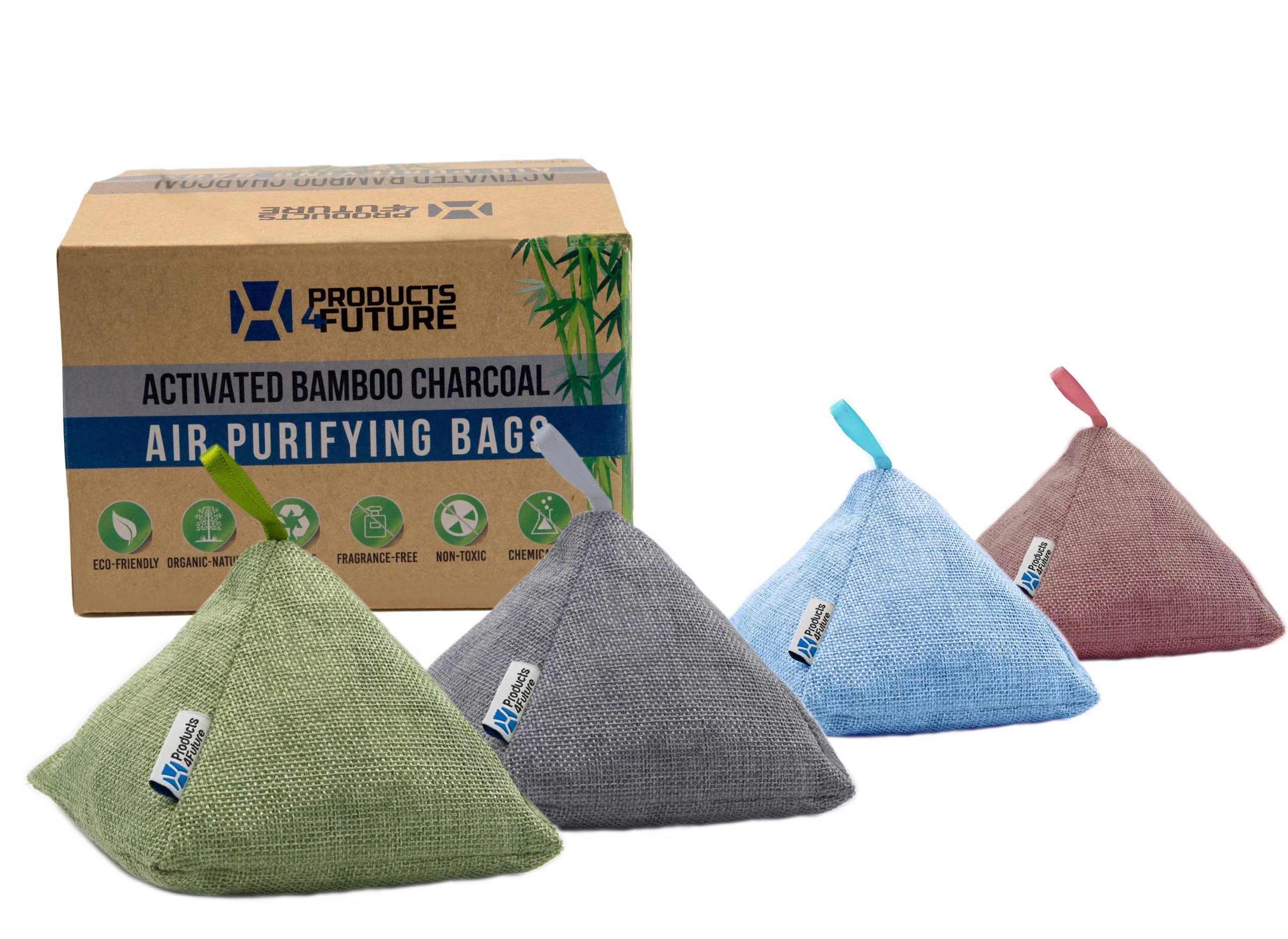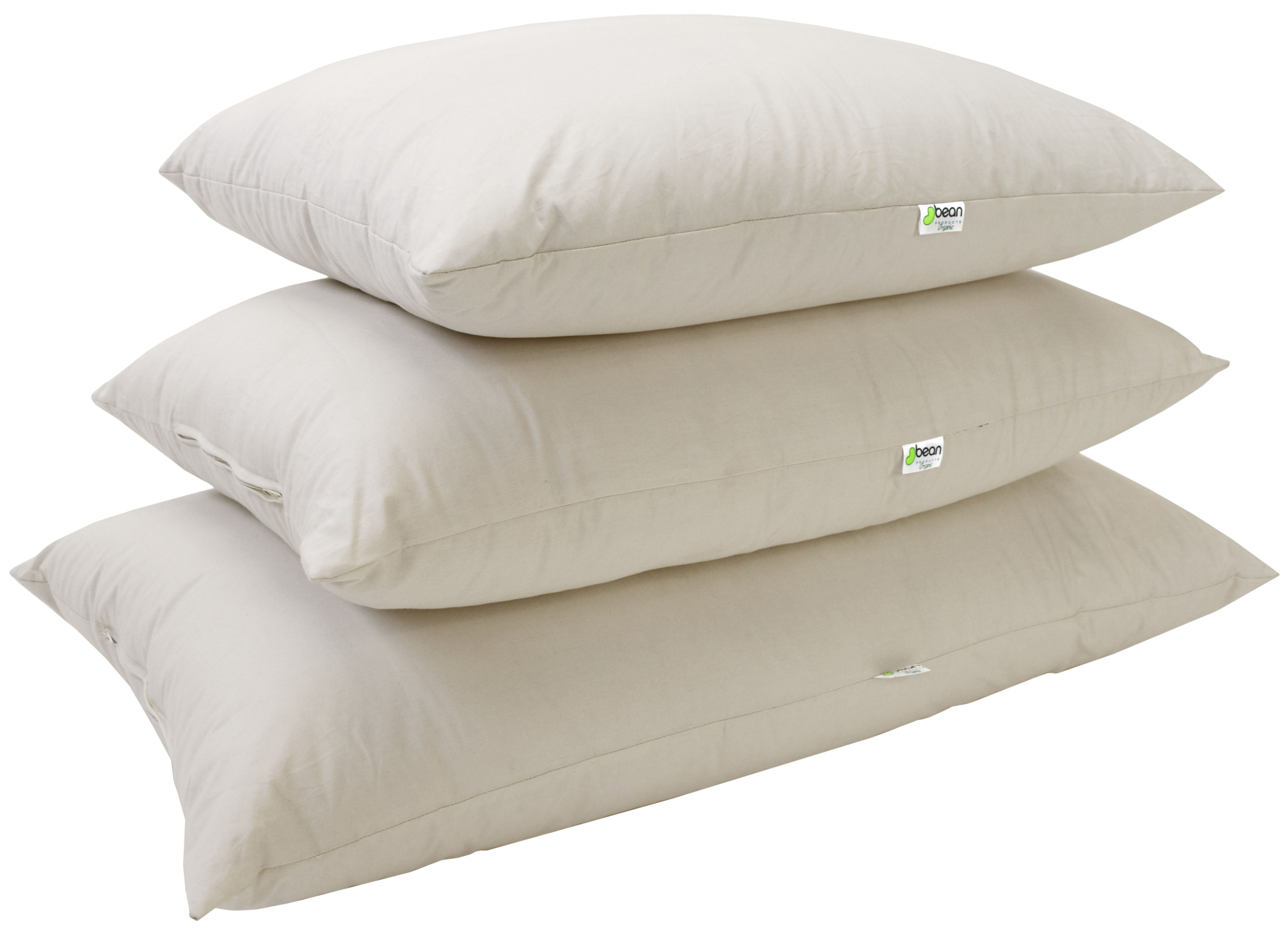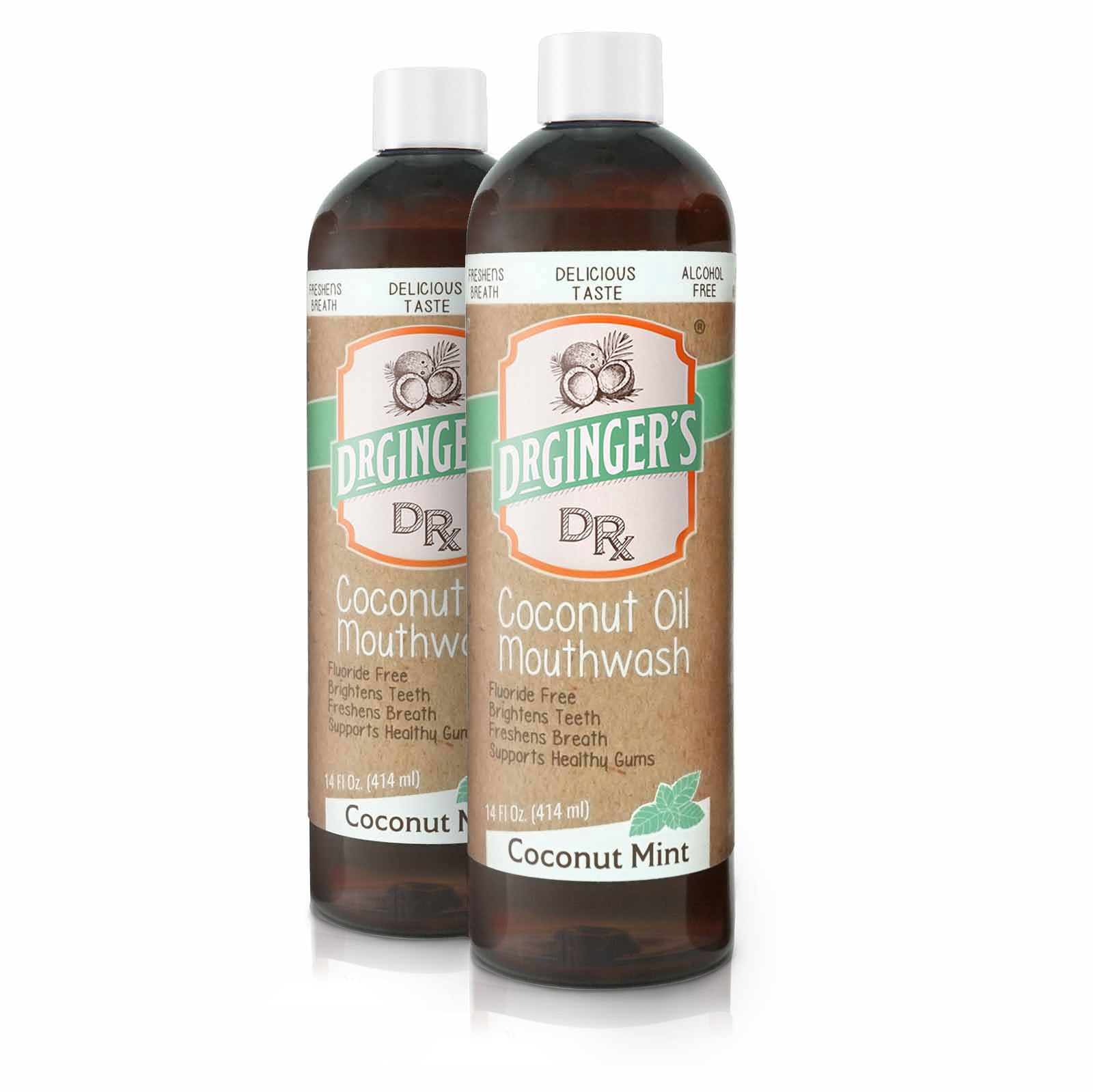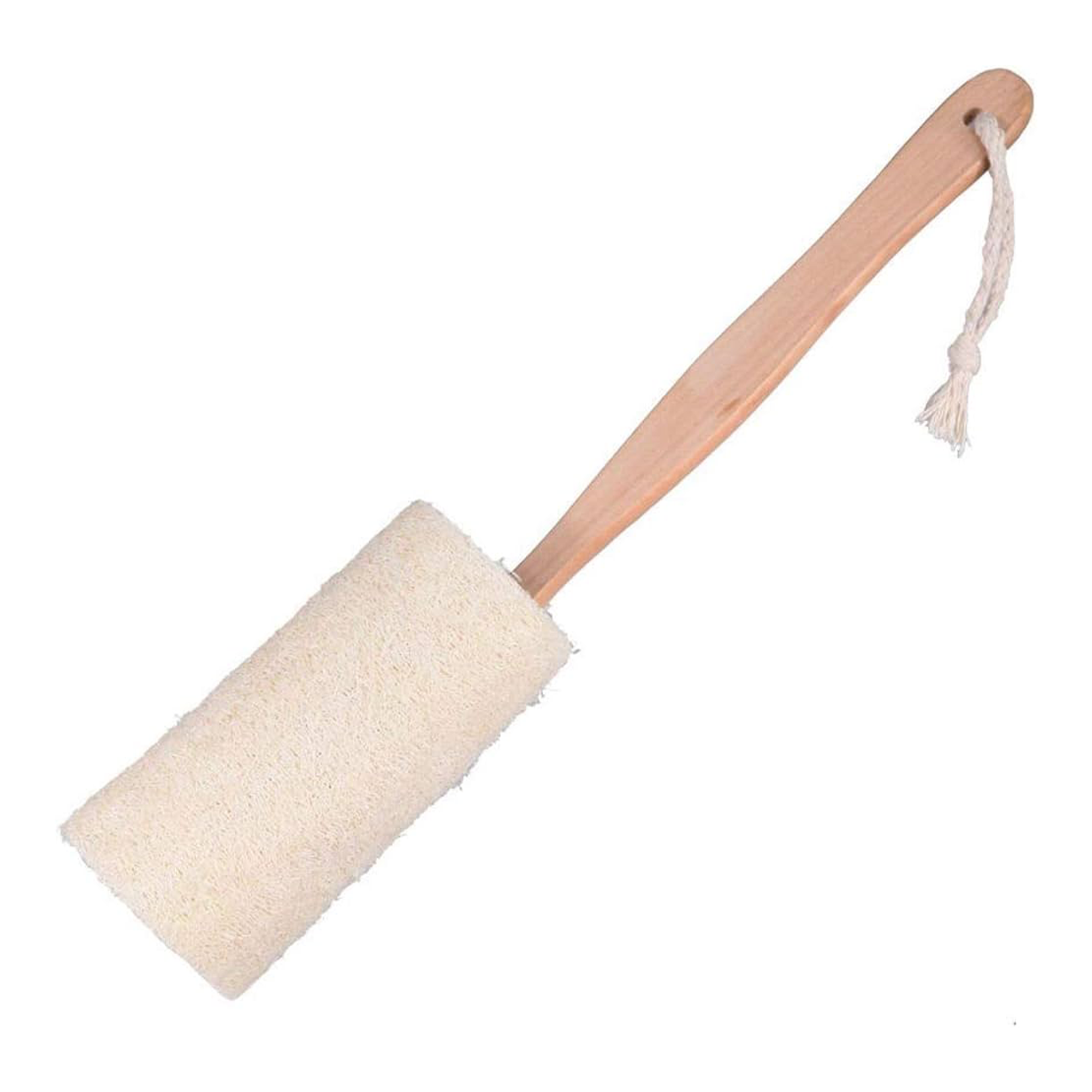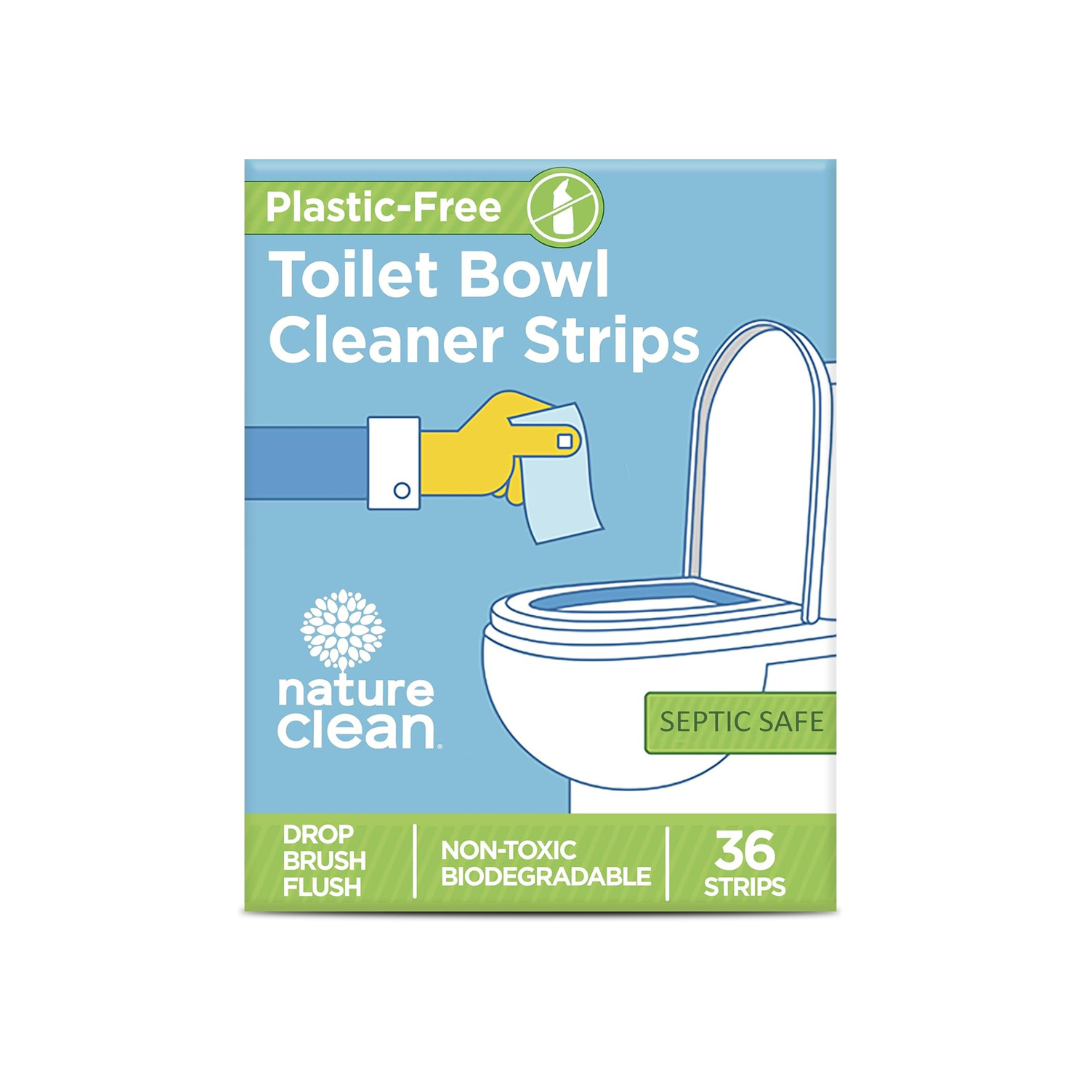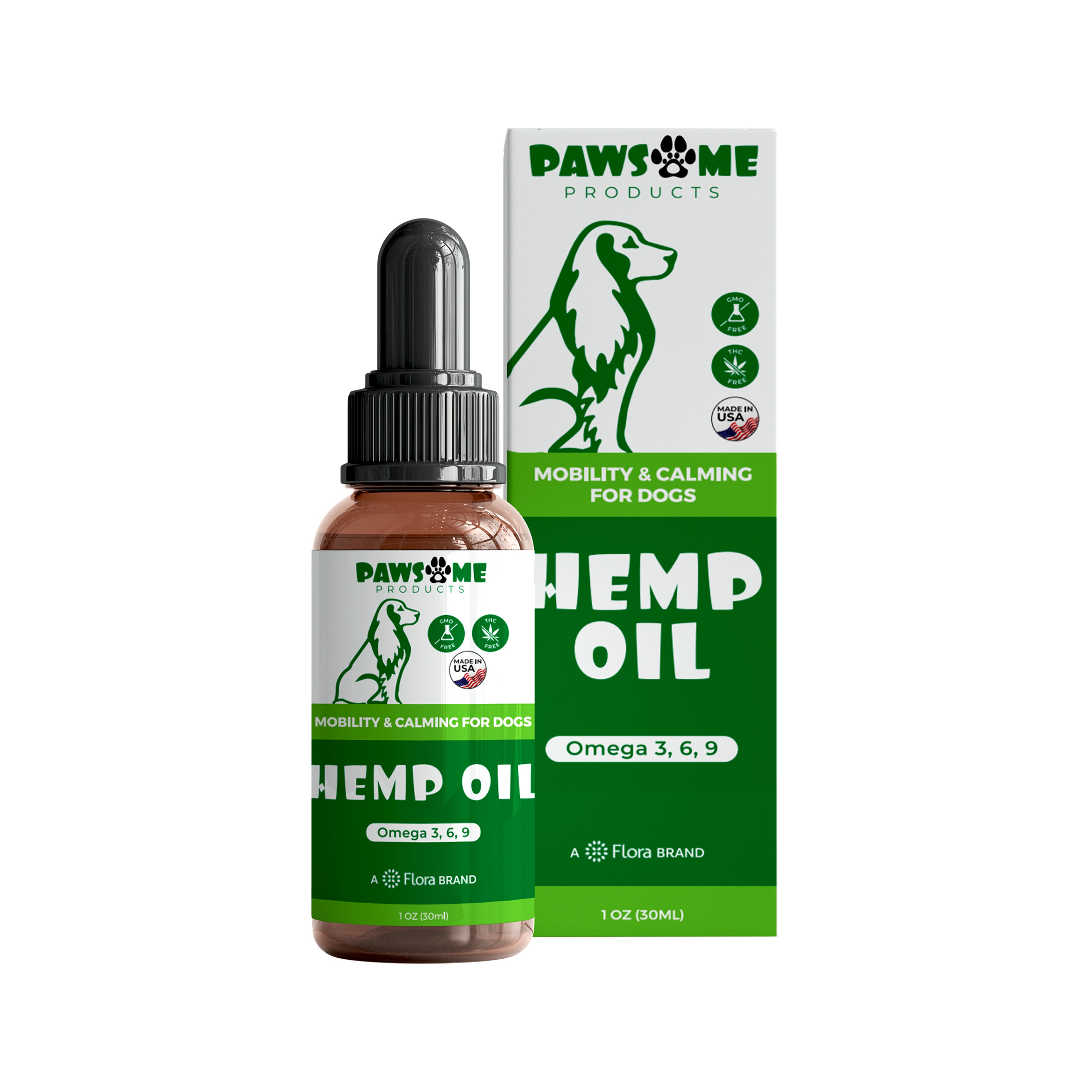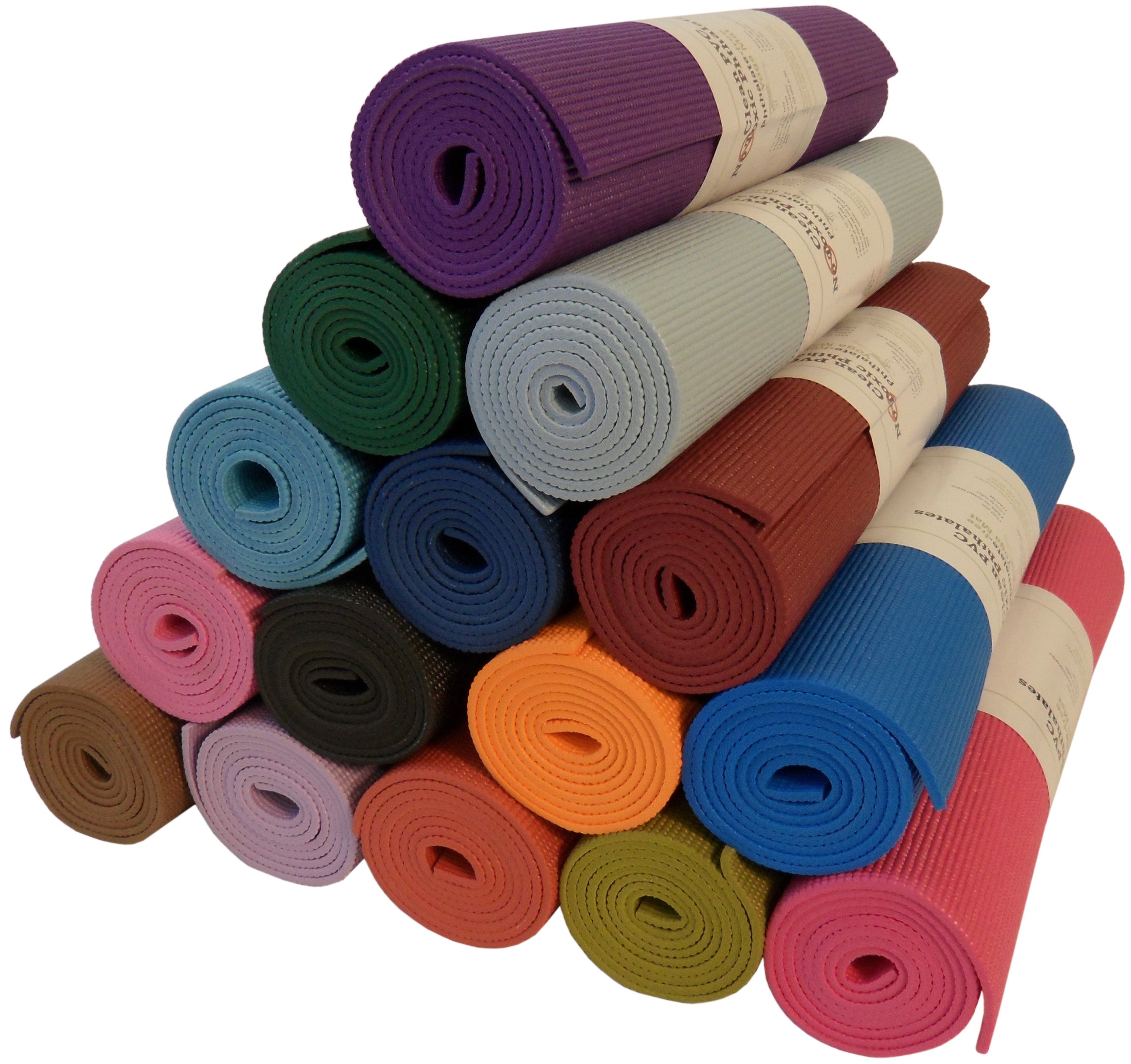Bamboo is a sustainable material that has been used for thousands of years in many cultures. It is a fast-growing plant that requires minimal water and fertilizer, making it a highly renewable resource. Bamboo is strong, durable, and biodegradable, making it an environmentally friendly alternative to traditional materials such as plastic or petroleum-based products. The use of bamboo helps to reduce greenhouse gas emissions, conserve natural resources, and support sustainable practices in the production of consumer goods. This blog post is designed to give you a detailed but short explanation about bamboo.
Renewable resource: Bamboo is important to fight deforestation. It can grow to full size in just 3 to 4 months, unlike standard trees which can take 30+ years to grow. It can grow 3 feet (90 cm) tall in 24 hours which is a perfect growth rate. Also, harvesting bamboo does not require chemicals and it can be harvested in one to five years. Just to give an example, 40 years needed for an oak to reach maturity!
Better for the environment: Bamboos have more than 1,200 different species, and the majority of them are very adaptive, especially in areas with high humidity. Bamboos can also be grown in arid areas where droughts cause other crops to fail. The roots are left in place after harvesting, and this helps maintain essential moisture in the soil.
Creates little waste: Every part of bamboo can be used to make a variety of products from furniture to chopsticks.
Safe and hygienic plant: Bamboo fibers are naturally anti-bacterial without needing any toxic chemical treatments, all thanks to a substance called 'bamboo kun'.
Greenhouse Gas absorber and Oxygen producer: Bamboo produces a significant amount of oxygen, up to 35% more than most other plants and trees. It also absorbs more carbon dioxide than trees. It has a maximum annual absorption capacity of 12 tonnes of carbon dioxide per hectare.
Here is a handy checklist for you to consider before purchasing a bamboo product:
- The harvest location and methods of transport to create the end product.
- Use of water, and energy during production, and steps to process
- Introduction of additional additives and unsavory chemicals.
Drawbacks of the bamboo:
The manner of the growth is the primary issue of the bamboo. It is becoming more and more popular, so large areas of land are being cleared in order to plant it.
Frequent monoculture use during the plant process causes decline in ecosystems' biodiversity. Monocultures are problematic for tiny species like bacteria, insects, mushrooms, and other creatures that rely on a diverse ecosystem for food and habitat. This situation affects all monocultures, not just bamboo. Similar concerns are raised in relation to maize plains.




